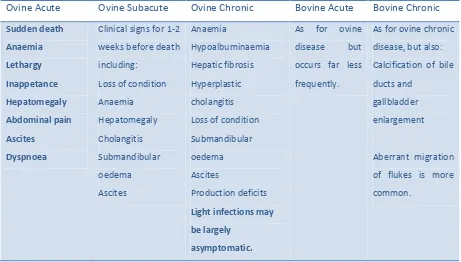Does Fasciola hepatica infection increase the susceptibility of cattle to infection with other pathogens normally controlled by a Th1 or pro-inflammatory response?
Full text
Figure




Related documents
In this paper, a hierarchical trust model has been used to compare the trust values of various cloud service providers for five levels of trustworthiness using triangular and
Because Mississippi State University is the second largest college in the state of Mississippi with 16,390 undergraduate students alone, it is not far behind with their
Along with all other statements, RIT Main Campus students had an additional statement which measured the level of agreement of American students towards learning a foreign
Because our aim is to enhance learner autonomy, we should bring students up to make more extensive use of language corpora, facilitating lear- ner-centered activities,
Therefore, by analyzing parsing results of KEGG XML documents, we could obtain statistical data related to the number of in/outgoing edges of compounds, and relation degrees of
Due to the fact that teachers' beliefs about socially disadvantaged pupils (or, in the context of the present study, its partial aspects of attitudes of teachers to
The exports of goods structure (by product, country, technology, skill and intensity), the relationship between export specialisation and export price indices, and the role of
This information as well as a Feedback Survey (see Historical Background section of this report for the results of that survey), multiple meetings with the Leadership Team,





